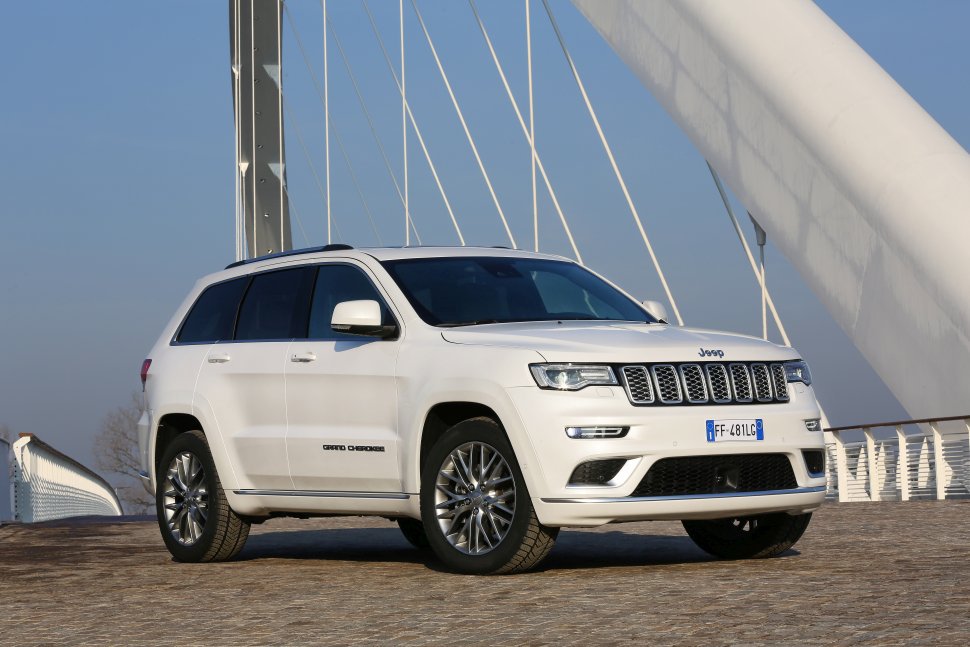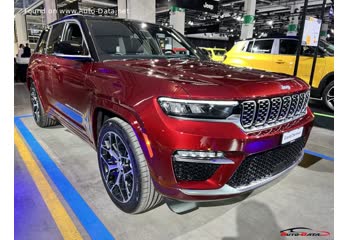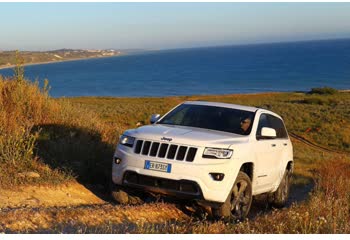Everything you need to know about specifications and performance - Jeep Grand Cherokee 2017 - Trackhawk 6.2 V8 (707 Hp) 4x4 Automatic

Overview:
What is the engine capacity of a Jeep Grand Cherokee 2017?
The engine capacity of the Jeep Grand Cherokee 2017 is 6166.
Jeep Grand Cherokee 2017 How many horsepower?
The engine power of the Jeep Grand Cherokee 2017 is 707 Hp @ 6000 rpm..
What is the Jeep Grand Cherokee 2017 engine?
Jeep Grand Cherokee 2017 engine is HEMI / ESD. (Click to see other cars using the same engine)
How much gasoline does a Jeep Grand Cherokee 2017 consume?
The Jeep Grand Cherokee 2017 consumes 18.1 liters of gasoline per 100 km
General:
Engine:
Performance:
Space:
dimensions:
Powertrain, Suspension and Brakes:
See also

Last generation.
Its production began in 2021 until 2023

Other generation.
Its production began in 2014 until 2016

Same engine. (HEMI / ESD).
Its production began in 2018 until 2023

Same production year and almost the same engine capacity.
Its production began in 2017 until 2018

Write a comment